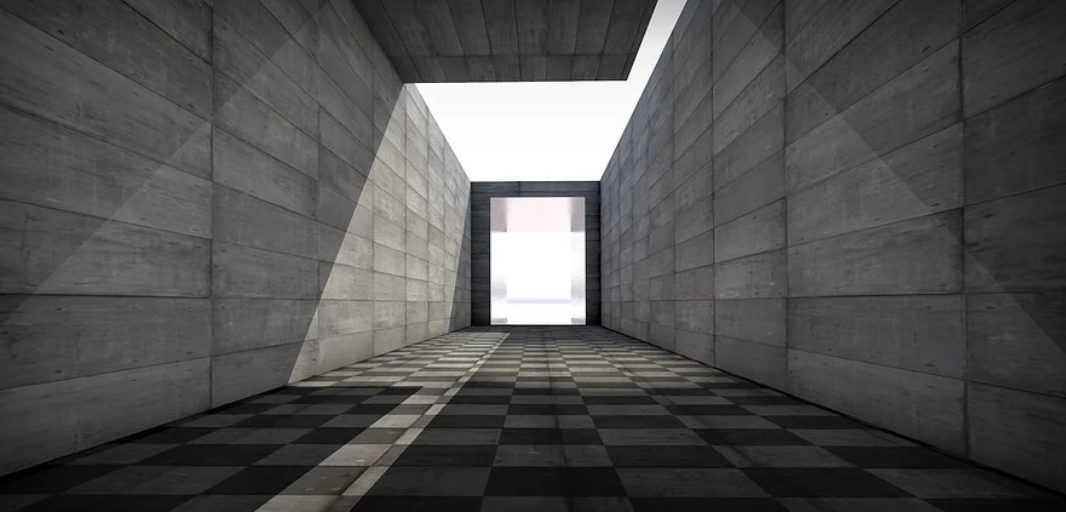Understanding Roof Pitch: The Key to a Solid Foundation
Roof pitch, or roof slope, is a critical factor in building any structure that needs protection from the elements. It’s essentially the steepness of your roof—like climbing a ladder. This seemingly simple concept directly impacts the functionality and durability of your house. Imagine a standard, flat-roofed house. It struggles against heavy wind and snow, not to mention sunlight. Now picture a sloped roof with a steeper pitch—say, a 5/12 pitch. That’s where things start getting interesting.
What Exactly is a 5/12 Pitch Roof?
A 5/12 pitch roof is a classic example of a moderate slope. It means that for every 12 inches the roof travels horizontally, it rises up 5 inches vertically. When you visualize this, picture a staircase with 5 steps for every 12-step journey across. It might not sound like much, but the impact on your house is significant.
Imagine standing on the roof of your home and looking out at the vast blue sky. The 5/12 pitch creates a natural flow of rainwater and snow runoff. This consistent movement reduces the chances of damage to your roof shingles over time. It also ensures that your gutters are working efficiently, directing water away from your walls and foundation.
The Advantages of a 5/12 Pitch Roof
A 5/12 pitch offers several advantages over a standard flat roof or even a shallower pitch:
1. Efficient Drainage:** The 5/12 pitch allows for optimal water drainage, preventing leaks and flooding, particularly crucial during intense rainfall. This helps keep your home dry, protected from the elements.
2. Enhanced Structural Integrity: A well-constructed 5/12 pitch roof provides a stable foundation. It distributes weight evenly across its surface. The angled design also prevents water buildup, ensuring that there’s no stress on the structure or its supporting beams.
3. Energy Efficiency:** The 5/12 pitch helps regulate indoor temperature by promoting airflow. This can significantly reduce your heating and cooling costs. It’s a win-win for both your wallet and the environment!
The Disadvantages of a 5/12 Pitch Roof
While a 5/12 pitch roof offers many benefits, it’s essential to be aware of its drawbacks:
1. Difficult Installation:** A steep roof can be a challenge for even the most experienced contractors. It requires precision and specialized tools. So, ensure you hire a professional who has experience with 5/12 pitch roof installation.
**2. Potential Maintenance Issues:** Over time, any roof, even one with a 5/12 pitch, may need repairs like replacing shingles. Keep it in top shape by scheduling regular maintenance. This includes inspecting for damage or leaks and maintaining your gutters to ensure efficient water drainage.
Choosing the Right Pitch: It’s About More Than Just Aesthetics
The 5/12 pitch is just one of many roof pitches available. The best pitch depends on several factors, including:
- Location: The climate and weather conditions of your area play a significant role in determining the ideal pitch. For regions with heavy snow or strong winds, a steeper pitch may be more appropriate.
- Building Style: Certain architectural styles might require specific roof pitches to complement their design.
- Budget**:** The cost of building materials and professional installation can vary based on the complexity of the roof.
The Final Word on 5/12 Pitch Roofs
A 5/12 pitch is a well-rounded option for most homeowners, offering excellent drainage, structural integrity, and energy efficiency. However, it’s crucial to consider the potential challenges and advantages before making your decision.
Understanding roof pitches is like understanding the language of construction. It helps you work with professionals effectively, understand your house better, and make informed decisions about its long-term well-being. Remember, a sturdy roof is an investment in your home’s future!
